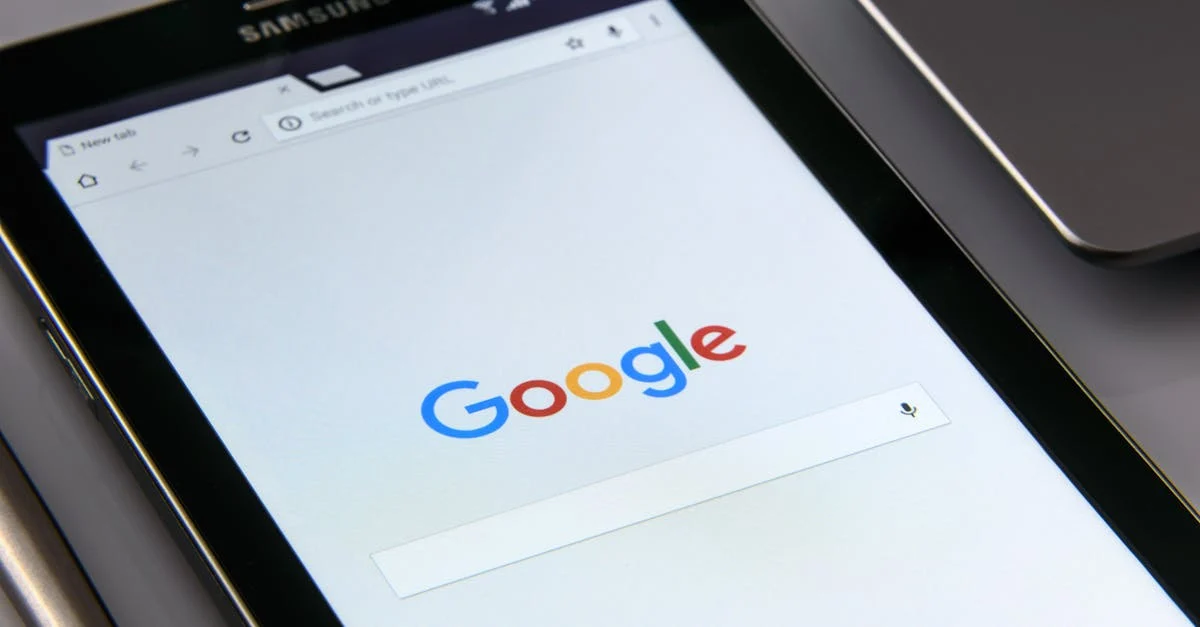
Creating a compelling digital identity is essential in today’s fast-paced, online world. Your web design portfolio serves as a powerful tool to showcase your skills and creativity. With a carefully crafted portfolio, you can capture potential clients’ attention and convey your unique artistic vision. In this guide, we’ll explore practical strategies for developing a striking portfolio that not only highlights your work but also reflects your personal style.
Main Points
- Understanding the importance of a strong digital presence.
- Designing an engaging layout that captivates visitors.
- Choosing the right projects to feature in your portfolio.
- Incorporating personal branding elements.
- Utilizing effective storytelling techniques to connect with your audience.

Essential Elements of a Captivating Web Design Portfolio: Tricks and Tips for Ultimate Impact
A stunning web design portfolio is essential for showcasing your creativity and skills. To achieve ultimate impact, focus on these elements:
- Visual Cohesion: Maintain a consistent color palette and typography throughout your portfolio.
- Project Variety: Display a range of projects that reflect your adaptability and style.
- User-Centric Design: Highlight how your designs improve user experience and engagement.
Integrating these tricks into your portfolio will undoubtedly create an impressive first impression.

Leveraging Visual Storytelling to Showcase Your Skills: Strategies for Engaging Potential Clients
Visual storytelling is a potent tool for professionals aiming to captivate potential clients. By strategically displaying your work, you create an emotional connection that mere words often fail to evoke. Incorporate images, infographics, and videos that narrate your journey, demonstrating your skills effectively. Remember, clarity and creativity are key!
Conclusion
In conclusion, a well-crafted web design portfolio can truly set you apart in a competitive market. Many potential clients appreciate not just the technical skills but also the creativity and thoughtfulness behind each project. Showcasing your unique style and approach can foster a deeper connection with your audience. However, it’s essential to ensure that your portfolio is user-friendly and visually appealing, as first impressions matter. By continuously updating and refining your work, you reflect your dedication and growth as a designer. This ongoing journey not only enhances your professional reputation but also opens doors to new opportunities. Ultimately, a thoughtful web design portfolio can effectively convey your passion and expertise to the world.
Frequently Asked Questions
What elements should be included in a web design portfolio?
A web design portfolio should include a variety of completed projects, a brief description of each project, your role in them, the tools and technologies used, and high-quality images or screenshots. It’s also beneficial to highlight any testimonials from clients or employers.
How can I make my web design portfolio stand out?
To make your portfolio stand out, focus on showcasing unique projects that demonstrate your skills and creativity. Consider including interactive elements and a personal branding statement. Additionally, ensure that the design of your portfolio itself reflects your web design skills.
Is it necessary to have a personal website for my portfolio?
While it’s not strictly necessary, having a personal website for your portfolio is highly recommended. It allows you to control the presentation of your work, customize the layout, and improve your visibility online, which can lead to more opportunities.
